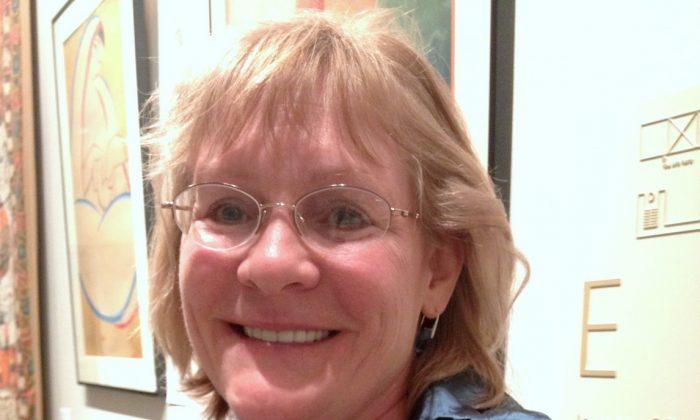NEW YORK—Why do people collect art? For Dr. Ian Wardropper, director of The Frick Collection, it was a byproduct of his love of old masters’ prints.
“I remembered a really traumatic moment when I was in a class in graduate school, and one of my classmates turned to the professor and said, ‘You know, he has a collection of old masters’ prints,’” Wardropper recalled at a recent lecture at Bonham’s auction house.
“And I was so embarrassed because I had never thought of it as a collection. I didn’t feel that I was worthy of being called a collector—I was just buying what I could afford to. So when does something become a collection? In the end it’s when you start calling yourself a collector.”
Sir Mark Jones FSA, Master of St. Cross College, Oxford, and former director of the Victoria and Albert Museum in London, said collecting art objects was an evolutionary process—to display status and dominance, to show we can spare resources for non-utilitarian items, etc.
How and why collections—or whatever they are thought of by the collector—begin is hard to pin down. Psychologists theorize it has to do with attachment and safety objects. Collectors themselves thrive on the intellectual fulfillment and constant learning that building a collection provides. It could simply be sparked by innate human curiosity—far from wanting to impress a mate or intimidate a competitor.
Whatever the reasons, both Sir Jones and Dr. Wardropper agreed that preserving art objects through collecting eventually benefits the public good, especially if the objects are loaned to museums for public admiration and edification.
“When I became a museum curator, I found I had deflected that interest in collecting into the larger purpose of buying for a museum,” said Wardropper. “I was collecting with a kind of greed for the public good.”
In 2007, the Frick Reference Library founded The Center for the History of Collecting to encourage and support the study of the formation of collections of fine and decorative arts. Through its programs, it records histories of public and private collections in Europe and the United States from the Renaissance to the present day.
For more information, visit http://www.frick.org/research/center
Why do you collect?
We asked audience members at the Bonham’s lecture about their collecting passions:
Philip B. Kivitz, MD
Based in New York and San Francisco
Collects: Japanese scrolls, modern art, and sculpture—an “eclectic” mix
“I’m a visual person and my environment needs to be beautiful. I want to have things around me, and I look at them all the time. If we each made our environment beautiful, we'd make the world a better place.”
Fredric T. Schneider
Based in New York
Collects: Japanese cloisonne enamel
“Japanese cloisonnes are very beautiful, show great virtuosity of technique, and are underappreciated by collectors and museums. I intend to give my collection away to museums eventually.”
Joan Paley
Based in New York and France
Collects: Vintage jewelry and 1920s French decorative objects
“I collect because I wish I had been born during a time when I would have been dead by the time I was [actually] born. Each piece has a memory for me... the most exciting thing is that I could make money on American objects in France because it is usually the other way around.”
Deborah Stevenson
Based in Charlotte, N.C. On the board of the ceramics collection of the city’s Mint Museum.
Collects: British ceramics
“It’s the memories when you purchase or inherit a piece. I remember one porcelain figurine I bought—I can distinctly remember the antique shop in Yorkshire where I found it.”
The Epoch Times publishes in 35 countries and in 21 languages. Subscribe to our e-newsletter.







Friends Read Free